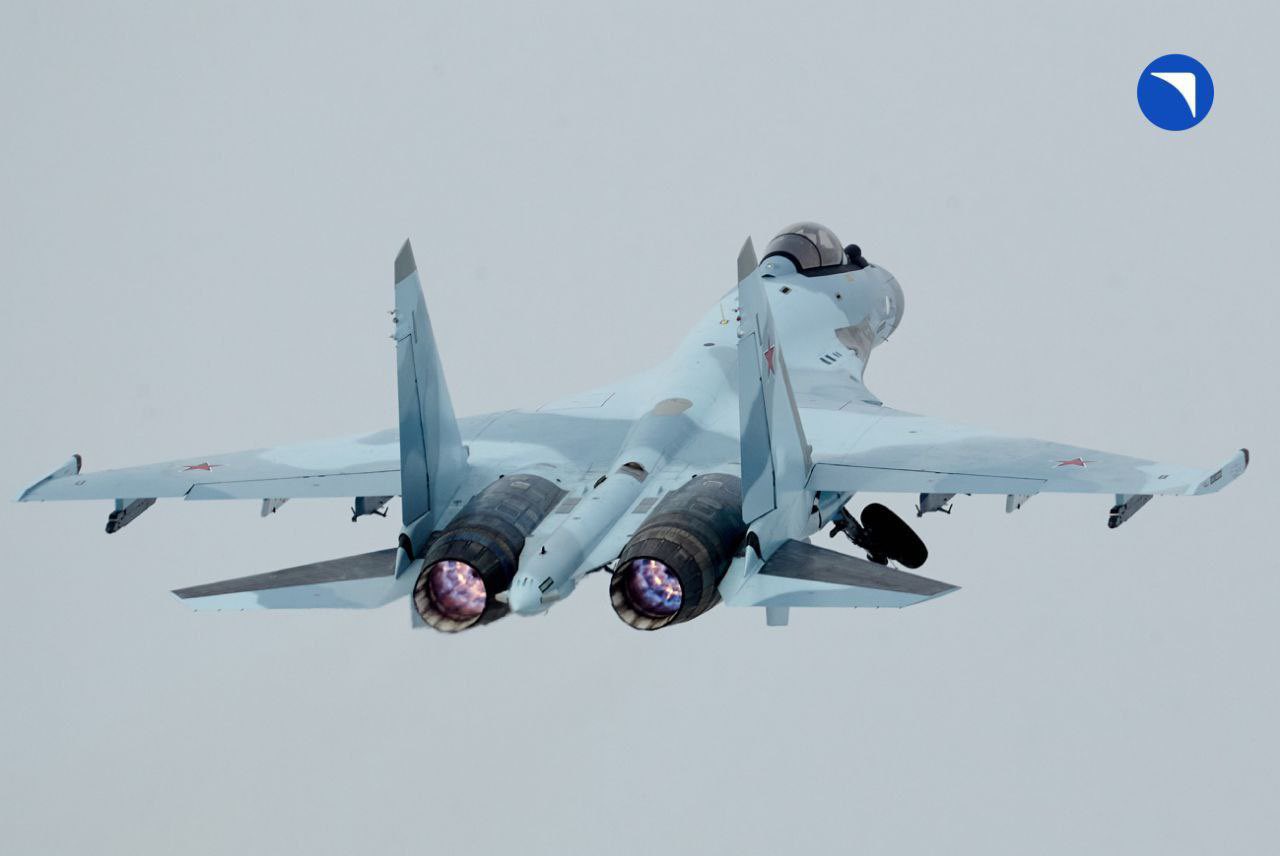Amid escalating tension between Iran and Israel following Iran’s recent attack on Israeli targets, reports from The Washington Post indicate that Tehran’s proposed procurement of Russian Su-35 fighter jets and S-400 air defense systems could significantly bolster Iran’s military capabilities, posing a massive threat to Israeli security.
According to US Intelligence officials cited in the report, Russia is advancing agreements negotiated in secret to supply Iran with Su-35s, well known as one of Russia’s formidable fighter-bombers.
For Iran, this acquisition could mark a substantial upgrade for its air force, which predominantly consists of rebuilt US and Soviet-era aircraft dating back to before 1979.
The purchase of these fighter aircraft has been a topic of discussion since March 2023, when Iranian state media reported that a deal had been completed to acquire Su-35 Flanker-E fighters. Tehran is anticipated to receive a minimum of 24 jets, which were initially designated for Egypt.
However, so far, there is no public evidence of the Su-35s being delivered, with a possible delay attributed to Iran’s payment process, as indicated by US and Middle Eastern intelligence officials familiar with the deal.
The report also underscores Iran’s interest in acquiring Russia’s advanced S-400 air defense system. Last year, an Iranian delegation visited a Russian defense plant where they examined the production of various air defense systems, including the S-400.
The S-400, known for its capability to detect and destroy a range of aerial threats, possibly including stealth aircraft, could significantly augment Iran’s ability to defend against Israeli strikes.
While the extent of Iran’s progress in acquiring the S-400 remains undisclosed, American and Israeli sources have been warning since last year about Iran’s efforts to secure this state-of-the-art defense system.
According to intelligence officials, Iran’s collaboration with Russia is mutually beneficial, with Russia also gaining from the partnership.
In addition to procuring thousands of drones from Iran, Russia has agreed to purchase approximately $2 billion worth of military equipment, including anti-drone systems, crucial for its operations, particularly in Ukraine.
Moscow’s involvement in manufacturing Iranian-designed drones within Russian borders further strengthens the military ties between the two. The plan is to produce thousands of drones by 2025 for use in various operations, including strikes against Ukrainian forces and critical infrastructure.
Meanwhile, Tehran is already a user of the Russian S-300 air defense system. Way back in 2007, Tehran agreed to acquire Russia’s S-300 anti-aircraft system. However, Moscow faced pressure from the United States and European powers, which delayed the delivery of the weapons.
Eventually, in 2016, Russia lifted the self-imposed ban, allowing the delivery of the S-300 to Iran. After undergoing operational preparations, the Iranian S-300 systems were fully operational by 2019
How Su-35 & S-400 May Impact Regional Dynamics?
The acquisition of S-400 air defense missile systems has been a long-standing objective for Iran, driven by the desire to bolster its defensive capabilities against potential US or Israeli strikes on its nuclear and military facilities.
The latest report also highlighted that some variants of the S-400 are equipped with radars capable of defeating stealth technology, posing a significant threat to fifth-generation warplanes used by the US and Israel.
Russia has deployed the S-400 to protect its military bases in Syria and has already demonstrated its effectiveness in countering US and Israeli aircraft operating in Syrian airspace. If delivered to Iran, these advanced air defense systems would further fortify Iranian airspace.
Further, its deployment alongside Su-35 fighter jets could alter the military dynamics in the Middle East, introducing a formidable deterrent against any potential aggressors.
Combining the capabilities of the S-400s and Su-35s – when effectively utilized — could pose substantial challenges to military campaigns targeting Iran.
Even if these systems underperform in some cases, their integration into a well-trained and professionalized air defense system could complicate Israeli and US military operations in the region.

Additionally, the prospect of facing advanced Russian weaponry would likely force Israeli covert operators to reconsider their strategies, while overt military actions would need to neutralize these high-value targets to ensure successful strikes against Iran’s nuclear program.
The integration of Russian air defense systems would also complement Iran’s domestically developed air defense systems, such as the Khordad 15 and Bavar-373.
Tehran has made substantial investments in creating indigenous high-altitude air defense systems. It has been said that the Bavar-373’s capabilities are at par with those of the S-400.
The combination of Russian and Iranian weapon systems, deployed to protect vital installations and underground facilities, would undoubtedly raise the stakes for any military intervention in Iran. It could potentially deter preemptive strikes and significantly increase the cost and complexity of any military campaign against the country.
Nitin J Ticku, military expert and Managing Editor of EurAsian Times, believes that if Iran acquires S-400s, Israel’s ambitions of neutralizing Tehran’s nuclear facilities would get very challenging as they would need to bomb out the S-400 radars first and then the nuke facilities. India has also deployed its S-400 near the Chinese border, which threatens all PLAAF warplanes, including its stealth J-20.
- Contact the author at ashishmichel(at)gmail.com
- Follow EurAsian Times on Google News




